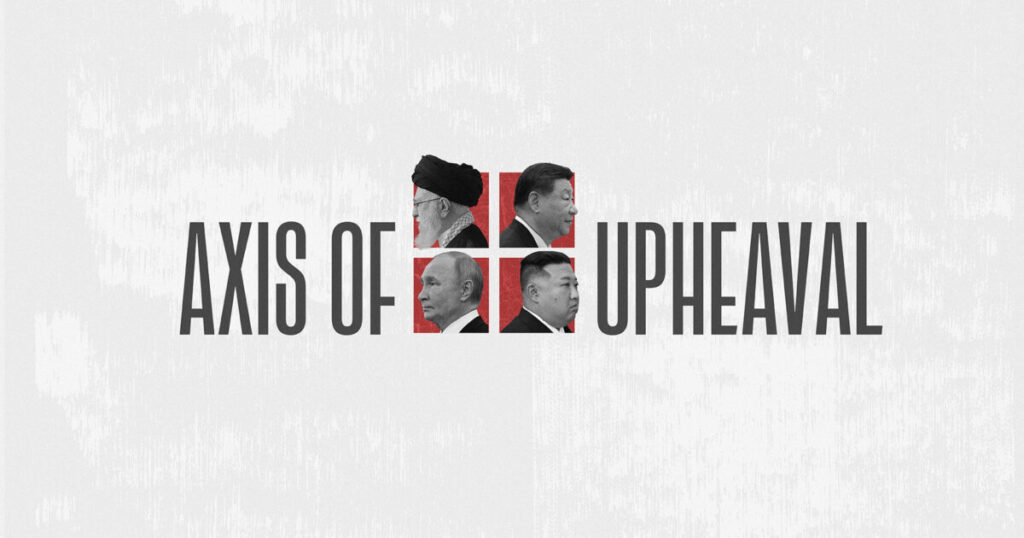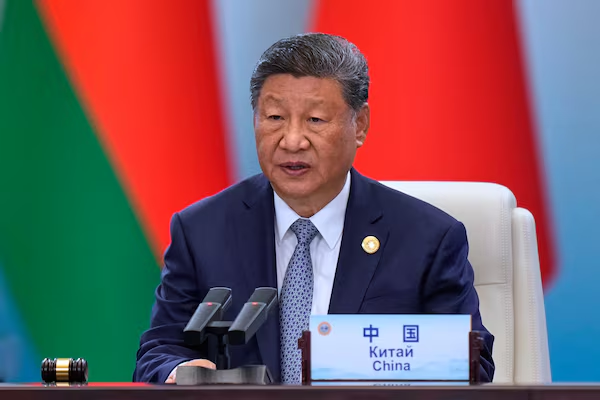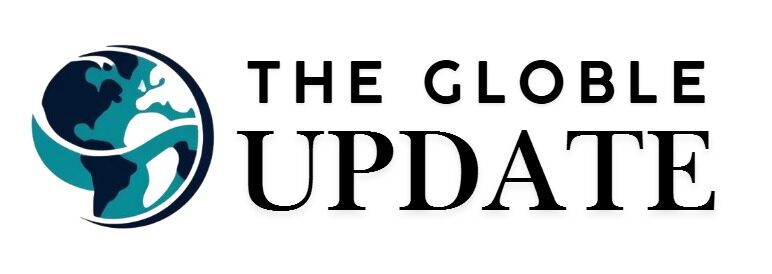Beijing Parade: More Than a Military Show
China’s Beijing military parade 2025 drew the world’s eyes as Xi Jinping shared the stage with Russia’s Vladimir Putin, North Korea’s Kim Jong Un, and Iran’s Masoud Pezeshkian.
The parade highlighted cutting-edge Chinese weaponry, including stealth drones and hypersonic missiles, but the real message was political: China is building a coalition to counterbalance the West.
An “Axis of Upheaval”?

Photo Credit :- cnas
Western observers described the event as a show of the “axis of upheaval” — a grouping of nations challenging U.S. dominance.
- Russia seeks relief from sanctions amid the Ukraine conflict.
- Iran continues to deepen economic ties with China to bypass U.S. restrictions.
- North Korea gains diplomatic visibility by aligning with Beijing and Moscow.
Together, they form a strategic alignment with shared goals: resisting Western sanctions, expanding influence, and promoting multipolarity.
Xi Jinping’s Strategy for Global Order

Photo Credit :- theglobeandmail
Xi used the event to push his vision of a multipolar world. In his speech, he opposed the “Cold War mentality, confrontation, and bullying practices”, in clear reference to U.S. foreign policy.
China also pledged financial support and military partnerships with allied nations, further tightening its grip as the leader of this emerging bloc.
Regional Implications for Asia
For Asian countries like India, Vietnam, and South Korea, the message was mixed. While some nations see opportunity in balancing between U.S. and China, others worry about Beijing’s growing influence.
India’s presence at the Shanghai Cooperation Organization summit alongside Xi and Putin suggests a shift in alliances that could reshape Asia’s power map.
Comparison: Western Perception vs Asian Alliances
| Factor | Western Perception (US & Allies) | Asian/Axis View (China & Partners) |
|---|---|---|
| Nature of Alliance | Destabilizing, anti-Western | Defensive, multipolar cooperation |
| Use of Military Displays | Aggressive signaling | Sovereignty & deterrence |
| Economic Cooperation | Rule-based trade, sanctions | Sanctions-bypass, energy & arms deals |
| Long-Term Goal | Preserve unipolar dominance | Establish multipolar world order |
Conclusion: A Shift in Global Balance
The Beijing military spectacle was not just about missiles and parades — it was about diplomatic symbolism. With Putin, Kim, and Pezeshkian by his side, Xi Jinping positioned China as the center of a new world order.
For Washington and its allies, this represents a growing challenge: the rise of an anti-Western axis with the potential to reshape global politics in the decades ahead.




